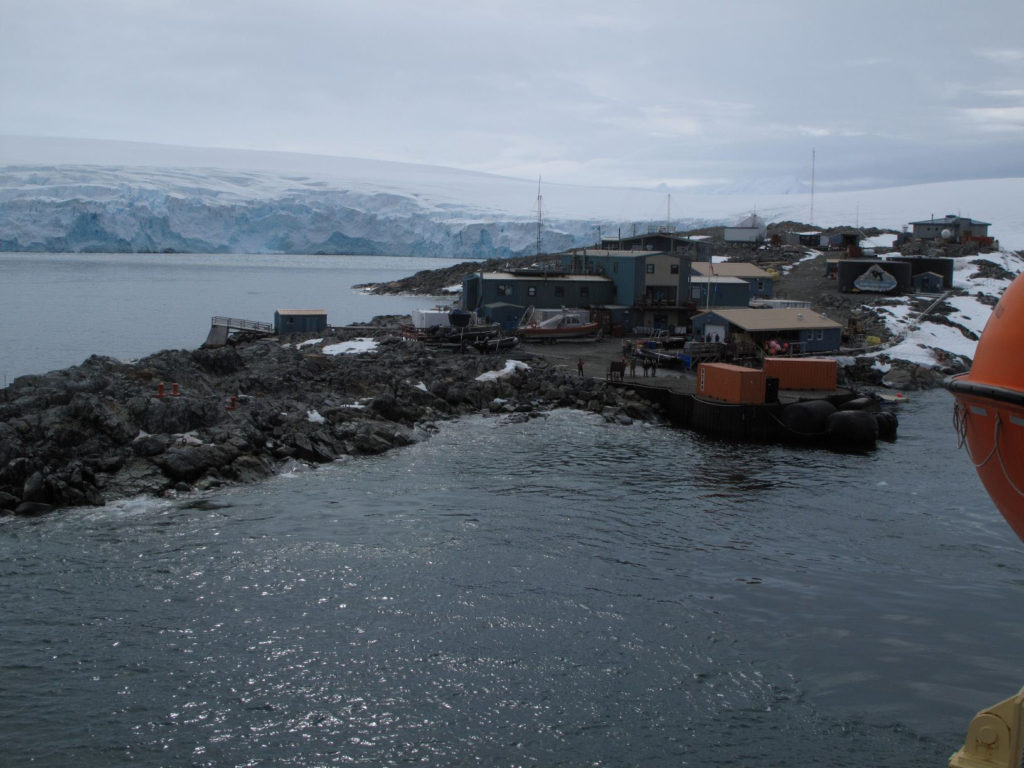Departing Palmer

January 5 2019 (Note: this is #6 in a series of posts describing my NSF-sponsored fieldwork in Antarctica aboard the Laurence M. Gould).
As we left Palmer Station around 10 am, it felt surprisingly bittersweet. I was energized and excited to start sampling, but as I watched the bowlines detach from shore one by one, I was sad to be leaving. Palmer Station felt like such an amazing little microcosm, and I wish I’d had more time to soak it up. We’ll have a day there on our way back, but I’m guessing that will go by at lightning speed.
That little bit of melancholy soon gave way to much more mundane concerns. Along with about 80% of the scientific party, I was quickly struck by a wave of seasickness. Those hard-earned sea legs were fickle after a couple of days in port! Fortunately, I wasn’t directly involved in today’s mission, so I could take some medicine and sleep the afternoon away. I woke up right at dinner time, feeling a million times better and starving to boot.
While I was konked out, the marine mammalogists and the ornithologists (the “whalers” and the “birders,” respectively) got off the ship for several hours of penguin and seal censuses on Hugo Island. A primary motivation for this cruise and the larger program it fits into (LTER: Long-Term Ecological Research Program) is to observe how the Western Antarctic Pensinsula Ecosystem Changes over time. With warming of this geographic area, one anticipated pattern is a progression of sub-antarctic species southward. Part of today’s mission was to check on a recently discovered and newly established colony of fur seals, which are normally found in warmer waters to the north.
Tomorrow we’ll start sampling our first official LTER grid station, including collecting our first zooplankton samples.